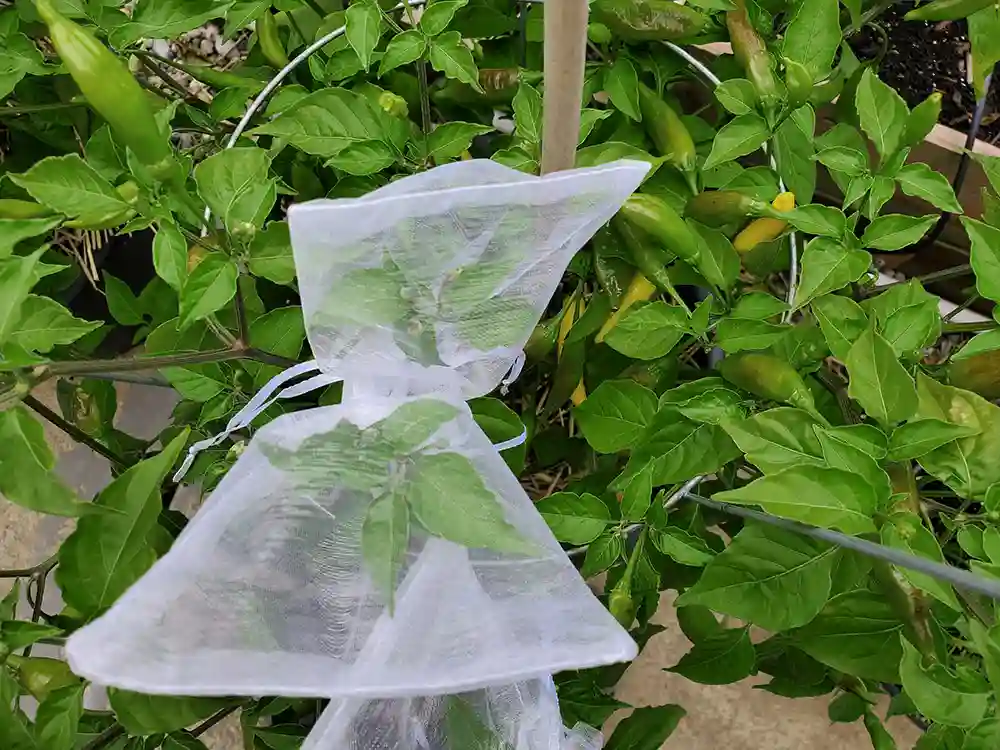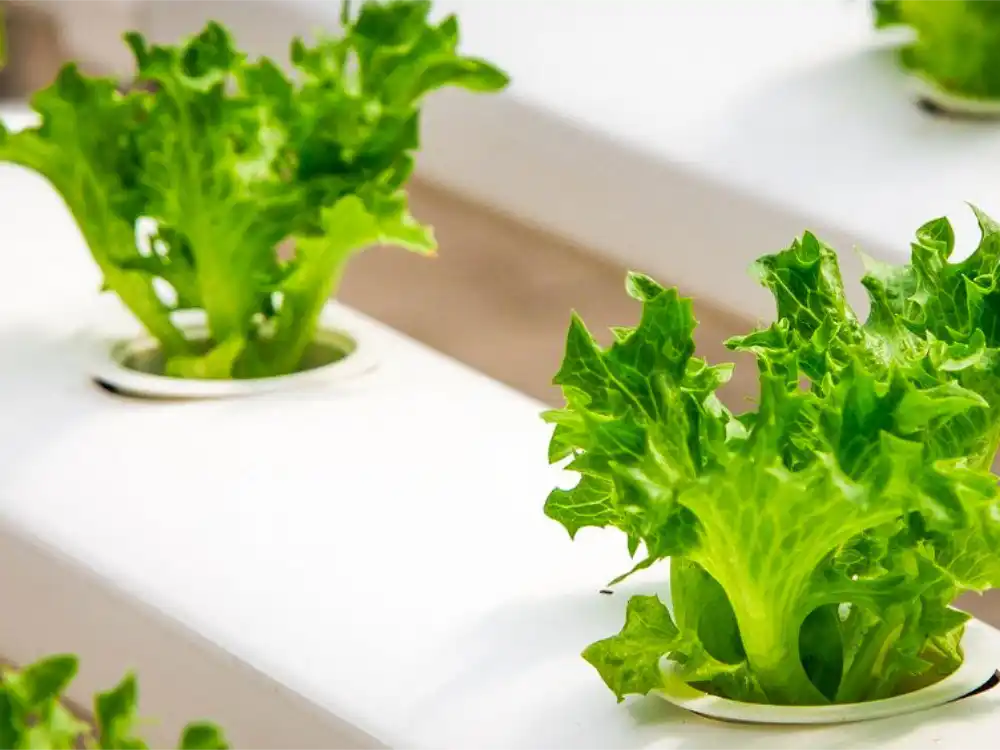Have you ever wondered why seed saving is such a big deal? Well, it’s all about preserving biodiversity, maintaining heirloom varieties, and promoting sustainability. Plus, it’s a great way to save money on seeds for your next planting season. Just be sure you isolate peppers for seed saving to preserve genetics.
Why Isolate Peppers for Seed Saving?
Now, you might be asking, “Why do I need to isolate peppers for seed saving?” It’s simple. Isolation prevents cross-pollination, ensuring that the seeds you save will produce plants true to their parent variety.
This is especially important if you’re growing heirloom or specialty peppers that you want to keep pure.
The Basics of Pepper Seed Saving
How Pepper Plants Pollinate
Pepper plants are fascinating creatures. They’re self-pollinating, which means they have both male and female parts within the same flower. This is a neat trick of nature that allows them to fertilize their own flowers without the need for a separate plant.
However, this doesn’t mean they’re immune to the charms of a wandering bee or the accidental brush of a hummingbird. These little pollinators can carry pollen from one pepper plant to another, leading to cross-pollination.
The Role of Cross-Pollination in Pepper Varieties
Cross-pollination is a bit of a double-edged sword. On one hand, it’s the engine of biodiversity, creating new and exciting pepper varieties. It’s the reason we have such a wide array of peppers to choose from, ranging from the mild bell pepper to the tongue-scorching Carolina Reaper.
On the other hand, cross-pollination can be a bit of a headache when you’re trying to save seeds. If you’ve gone to the trouble of growing a particular variety of pepper, you probably want to keep it that way.
Cross-pollination can mix things up, leading to plants that don’t quite match the parent. That’s why it’s important to isolate peppers for seed saving if you want to maintain a specific variety.
Isolation Distance Requirements for Peppers
Commercial Growers vs Home Gardeners: A Comparison
When it comes to isolation distances for peppers, there’s a big difference between what’s required for commercial growers and what’s practical for home gardeners.
Commercial growers, who often grow large fields of a single variety, need to maintain significant isolation distances to prevent cross-pollination. This is often in the range of several hundred feet or more, depending on the specific crop and variety.
For home gardeners, however, maintaining such large isolation distances is often impractical, if not impossible. After all, not everyone has a backyard the size of a football field!
But don’t worry, you can still save seeds even if you’re working with a smaller space. The key is to understand the principles of cross-pollination and use effective strategies to prevent it.
Recommended Isolation Distances for Different Pepper Varieties
While commercial growers might need to maintain isolation distances of several hundred feet, home gardeners can usually get away with much less. As a general rule of thumb, an isolation distance of about 20-30 feet is often sufficient for most pepper varieties.
However, if you’re growing multiple varieties and want to be extra sure to prevent cross-pollination, you might want to increase this distance. Or, you could use physical barriers or isolation techniques to further reduce the risk of cross-pollination (keep reading).
Methods of Isolating Peppers for Seed Saving

| Isolation Method | Pros | Cons |
|---|---|---|
| Distance | Simple, no special equipment needed | Requires large space, risk of cross-pollination |
| Containment (row covers, bags) | Effective in small spaces, prevents most cross-pollination | Requires more effort, may need hand-pollination |
Isolation by Distance: Pros and Cons
Isolation by distance is one of the simplest methods of preventing cross-pollination. As the name suggests, this method involves planting different varieties of peppers far enough apart that pollen is unlikely to be transferred between them.
The exact distance required can vary, but a general rule of for home gardeners is to aim for about 20-30 feet of separation.
The main advantage of isolation by distance is its simplicity. There’s no need for any special equipment or techniques – just a bit of careful planning when you’re laying out your garden.
However, this method does have its limitations. If you have a small garden, you might not have enough space to effectively isolate your peppers. And even with larger distances, there’s always a chance that a particularly determined bee could carry pollen from one plant to another.
Isolation by Containment: Pros and Cons
If isolation by distance isn’t practical for your garden, another option is isolation by containment. This involves using physical barriers to prevent pollen from being transferred between plants.
There are several ways to do this, the most common method is to use row covers or bags.
Row covers are lightweight fabrics that can be draped over your plants to protect them from insects. They allow light and water to pass through, but keep out most insects, effectively preventing cross-pollination.
Organza bags work on a similar principle, but are usually used to cover individual flowers or clusters of flowers.
No products found.
The main advantage of isolation by containment is that it can be very effective, even in a small garden. However, it does require more effort than isolation by distance.
Video: How to Isolate Peppers for Seed Saving
Step-by-Step Guide to Saving Pepper Seeds
Selecting Peppers for Seed Saving
When it comes to selecting peppers for seed saving, choose the best of the best. Look for peppers that are healthy, disease-free, and true to type. Remember, the traits of the parent plant will be passed on to the next generation.
Seed Saving Process
Saving pepper seeds is a bit like a science project, and it’s one you can do right in your own kitchen. Here’s how it works:
- Select a ripe pepper: Choose a fully ripe pepper from your plant. This pepper should be healthy and a good representative of its variety.
- Remove the seeds: Cut the pepper open and carefully remove the seeds. Try to get as many as you can, but don’t worry if you miss a few.
- Clean the seeds: Rinse the seeds under cold water to remove any remaining pulp. This can be a bit messy, so you might want to do it over a sink or a bowl.
- Dry the seeds: Spread the seeds out on a paper towel and let them dry. This can take a few days, so be patient. You want the seeds to be completely dry before you store them.
Storing Pepper Seeds for Future Use
After your seeds are completely dry, store them in a cool, dry place until you’re ready to plant them. A paper envelope or a glass jar works well for storage. Don’t forget to label your seeds with the variety and the date!
Conclusion
Saving your own pepper seeds is rewarding in so many ways. It allows you to preserve your favorite varieties, save money, and contribute to biodiversity. Plus, there’s something truly magical about planting a seed that you saved yourself and watching it grow into a thriving plant.
By learning how to isolate peppers for seed saving, you’re taking a big step towards more sustainable gardening practices. So, keep up the good work, and happy gardening!
FAQ: Isolate Peppers for Seed Saving
What is the isolation distance for seed saving?
The recommended isolation distance for home gardeners is typically around 20-30 feet. This can help prevent cross-pollination between different pepper varieties.
How do you collect pepper seeds from plants?
To collect pepper seeds, select a ripe pepper, cut it open, and remove the seeds. Rinse the seeds under cold water to remove any pulp, then let them dry.
How many years do pepper seeds last?
Properly stored pepper seeds can last for 2-4 years. However, their germination rate may decrease over time.
How do you know if pepper seeds are viable?
To test viability, you can perform a germination test. Place a few seeds on a damp paper towel, cover it, and wait a few days to see if they sprout.
Can sweet peppers and hot peppers cross pollinate?
Yes, sweet peppers and hot peppers can cross-pollinate if they are of the same species, which can affect the heat level and flavor of the resulting peppers.


